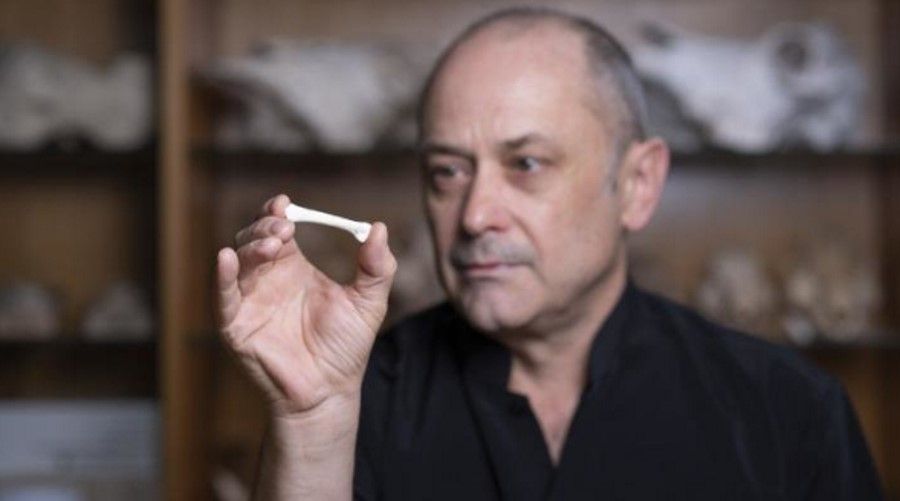Homo luzonensis – a previously unknown human species discovered in the Philippines
On a Philippine island, scientists have discovered the remains of a previously unknown human species. The bone fragments number more than 50,000. years and indicate that the new species – Homo luzonensis – was small in size.
The first traces of the new species appeared more than a decade ago, when scientists reported the discovery in Callao Cave on the island of Luzon in the Philippines of a foot bone at least 67,000. years. Researchers were not sure what species the bones belonged to, but they resembled a small Homo sapiens.
Further excavations at the Callao cave led to the discovery of a femur, seven teethow, the bones stop and hand bones – with characteristics different from those of other human relatives. The remains come from at least twooch adults and one child.
A description of the discovery appeared in the pages of the journal „Nature” and is likely to reignite the debate over how and when our ancient relatives first left Africa. The age of the remainsow – Dating has indicated a range between 50,000. a 67 thousand. years – suggesting that several roof different speciesoIn human wspolished at the same time in Southeast Asia.
Wspołautor of the research, Professor Philip Piper of The Australian National University (ANU) said the findings represent a breakthrough in our understanding of human evolution in Southeast Asia. – Fossil remains included zarown finger bonesoin the hands and nog adults, as well as teeth. We recovered roalso the femur of the child. There are some really interesting features – for example, the teeth are really small,” said Professor Piper.
Homo luzonensis This is the second new human species thatory has been identified in Southeast Asia in recent years. In 2004, another group of researchers announced the discovery of a Homo floresiensis – known roAlso as Hobbit – a species thatory would have been just over a meter high. Initially, the bones H. luzonensis were thought to be the remains of H. floresiensis.
But remains from the Callao cave roare different from the remains ofow H. floresiensis and other homininsow-including a species called Homo erectus, believed to be the first human, whichory left Africa around 2 millionow years ago. The newly discovered molars are unusually small in porown comparison with other ancient human relatives.
– Size of teethoin ogolently, though not always, reflects the ogoln the size of a mammal’s body, so we believe that the Homo luzonensis was likely to be relatively small. Exactly how small we do not yet know. We would have to find some skeletal elements from ktorego we could more accurately measure body size,” explained Professor Piper.
The shape of the foot bones H. luzonensis is roalso a clear different. Most resemble those seen in primitive homininsow, including the famous Lucy, whichora has never left Africa. Crooked finger bonesow H. luzonensis suggest that the species mohead to be proficient at climbing trees.
– Incredibly, the bones of the hand and stop are remarkably similar to australopithecinesow. Australopithecines last roamed the Earth in Africa around 2 millionoin years ago and are considered an ancestor of theoin the Homo group, whichora includes wspoLOWER HUMANS. So the question is whether someore of these features evolved as adaptations to island life, or whether they are anatomical features passed on Homo luzonensis from their frontoin the last 2 millionoin years – Piper emphasized.
